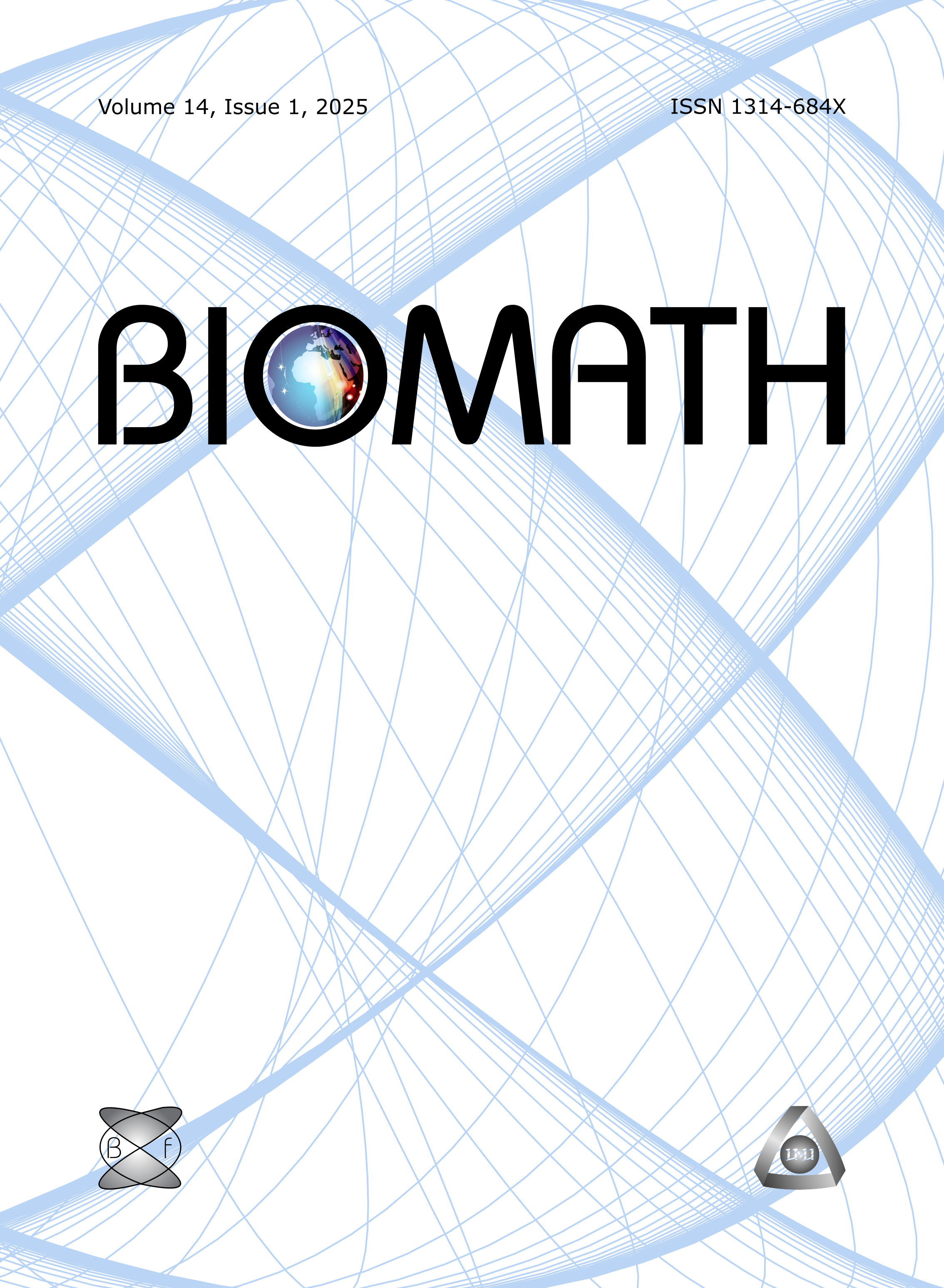Infectious disease epidemiology under meteorological factors: A review of mathematical models and an extended SEIR framework
DOI:
https://doi.org/10.55630/j.biomath.2025.06.245Keywords:
infectious diseases, compartmental model, transmission dynamics, basic reproduction number, meteorological factorsAbstract
Mathematical modeling can perform a decisive task in understanding, controlling, and preventing the transmission of infectious diseases by forecasting their spread, estimating the effectiveness of intervention measures, and updating public health policies. A mathematical epidemic model is a vital tool that can mock up the spread of infections under different scenarios and environments, allowing researchers to test and refine their understanding of the fundamental mechanisms. This paper attempts to review some existing mathematical compartmental epidemic models and explore the impact of meteorological factors such as air temperature, humidity, and wind speed on epidemiology. The goal is to identify and categorize key components, research trends, major findings, and gaps within the models. Additionally, the paper discusses some strategies to address these gaps and proposes a compartmental augmentation of the SEIR model incorporating meteorological factors for further work.
Downloads
Published
Issue
Section
License
Copyright (c) 2025 Shiva Hari Subedi, Russell Alpizar-Jara, Gyan Bahadur Thapa

This work is licensed under a Creative Commons Attribution 4.0 International License.
The journal Biomath is an open access journal. All published articles are immeditely available online and the respective DOI link activated. All articles can be access for free and no reader registration of any sort is required. No fees are charged to authors for article submission or processing. Online publications are funded through volunteer work, donations and grants.
Authors who publish with this journal agree to the following terms:
- Authors retain copyright and grant the journal right of first publication with the work simultaneously licensed under a Creative Commons Attribution License 4.0 that allows others to share the work with an acknowledgement of the work's authorship and initial publication in this journal.
- Authors are able to enter into separate, additional contractual arrangements for the non-exclusive distribution of the journal's published version of the work (e.g., post it to an institutional repository or publish it in a book), with an acknowledgement of its initial publication in this journal.
- Authors are permitted and encouraged to post their work online (e.g., in institutional repositories or on their website) prior to and during the submission process, as it can lead to productive exchanges, as well as earlier and greater citation of published work (See The Effect of Open Access).

